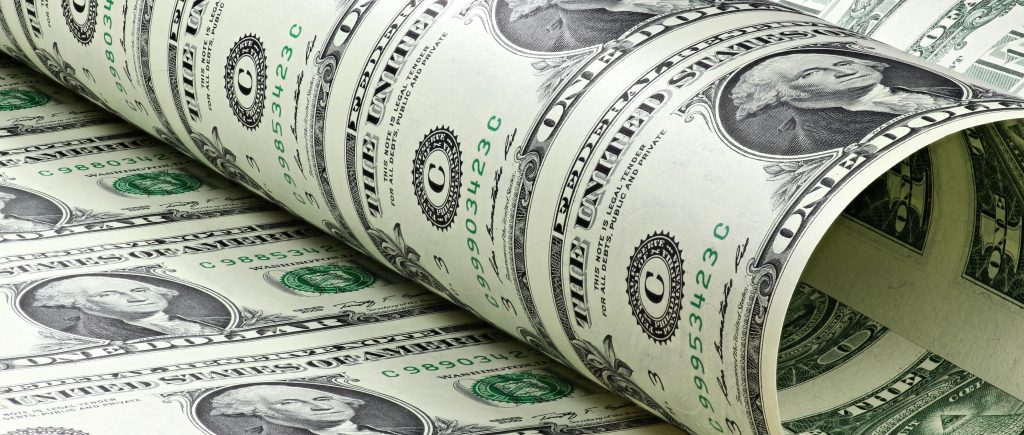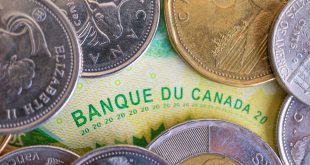The US Dollar Index (DXY) struggled to maintain momentum on Wednesday, hovering near 99.50 after relinquishing early gains from Asian trading. A combination of mixed economic data, uncertainty surrounding US trade policies, and a gloomy Federal Reserve Beige Book weighed on the Greenback. The DXY’s failure to sustain a push toward 100.00 reflects broader market indecision, with technical indicators signaling caution.
Economic Data Highlights Weakening Momentum
Recent economic indicators underscored a slowdown in US business activity. The flash S&P Global Composite PMI for April dropped to 51.2 from 53.5, signaling weaker growth across sectors. While the Manufacturing PMI slightly improved to 50.7, the Services PMI fell to 51.4 from 54.4, pointing to declining demand in the services sector. According to S&P Global’s Chris Williamson, the data suggests fading growth momentum alongside persistent inflationary pressures, complicating the Federal Reserve’s policy decisions.
The Federal Reserve’s April Beige Book further dampened sentiment, reporting stagnant economic activity across multiple regions. Concerns about tariffs have darkened the economic outlook, with businesses grappling with higher input costs. These costs, often passed on to consumers, are squeezing profit margins. Consumer spending showed mixed results, while the labor market softened, with stagnant or declining employment levels in several districts. Although wage growth slowed in some areas, improved labor availability offered little relief amid rising uncertainty.
Trade Policy Uncertainty Adds to Market Jitters
Mixed signals from President Donald Trump’s administration on trade policy contributed to the Dollar’s softness. Treasury Secretary Scott Bessent clarified that tariff negotiations with China are not imminent and would occur below the Trump-Xi level, leaving markets without a clear timeline. Trump’s remarks oscillated between conciliatory gestures—hinting at lower tariffs as an incentive for renewed talks—and ambiguity, keeping traders on edge. Bessent also noted that neither the US nor China views current tariff levels as sustainable long-term, suggesting potential for mutual reductions.
Analysts at Standard Chartered warned that tariff revenues are unlikely to cover the cost of proposed tax cuts, which could exert upward pressure on US interest rates.
Wall Street’s S&P 500 relinquished gains following Bessent’s comments, while the DXY stabilized around 99.50 after trimming earlier losses. The absence of concrete policy direction continues to fuel market uncertainty, undermining the Dollar’s ability to rally.
Technical Outlook: Bearish Bias Persists
From a technical perspective, the US Dollar Index remains under pressure, trading near 99.56 with a marginal daily loss of 0.08%. Price action is trapped between support at 98.86 and resistance at 99.67, reflecting indecision ahead of key macroeconomic releases. The MACD indicator has flashed a sell signal, with resistance levels at 99.95 and 100.10 capping upside potential. Support lies at 98.94, and a break below could signal further weakness. The bearish structure suggests the DXY may struggle to regain momentum without a clear catalyst.
The US Dollar faces a challenging environment as softening economic data, tariff-related uncertainties, and a cautious Federal Reserve outlook weigh on investor sentiment. With inflationary pressures persisting and growth slowing, the Fed’s delicate balancing act will remain in focus. Until clarity emerges on trade policy or stronger economic signals materialize, the DXY is likely to remain rangebound, with a bearish tilt in the near term.
 Noor Trends News, Technical Analysis, Educational Tools and Recommendations
Noor Trends News, Technical Analysis, Educational Tools and Recommendations





